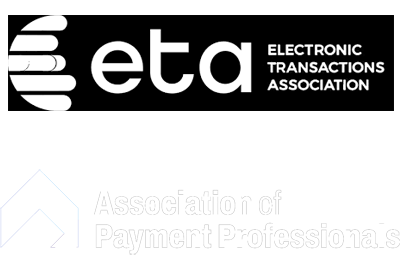08 Mar

Regarding the heavy processing fees merchants face, surcharge accounts are vital as they help merchants offset these processing charges. The fees range between 1.2-3.5 percent for every card transaction. When not addressed, the fees cut retailers’ revenue significantly throughout a specific period. Therefore, as a retailer without careful strategies to deal with the card processing fees, you could be staring at huge losses at the end of a financial year in your business.
To address the issue of payment processing fees, retailers introduced the surcharge merchant account to ensure that clients cater for the processing fees when they decide to pay using credit cards. However, one of the most common questions surrounding surcharge fees is whether it applies to all businesses and how it works. In this text, you will find answers to these questions and more.
What is a Surcharge Merchant Account?
To effectively analyze the aspect of the surcharge merchant account, it is crucial to explore the meaning of a surcharge. A surcharge, also known as a service fee, is an additional fee that retailers can add to a client’s bill to cater to credit card payment processing costs. In cases where retailers do not have a surcharge merchant account, they absorb the payment processing fees. However, with the surcharge merchant account, the clients pay for the convenience of using their card to pay for products and services.
As they undergo the checkout process, the clients are given a choice. They can either pay with a credit card and accept the surcharge fee, or they can decide to pay with cash or debit and avoid the surcharge altogether. One thing you need to note as a retailer is that the surcharge fee is governed by some rules and regulations which you need to understand so that you can avoid getting in trouble with the authorities.
How do Surcharges Benefit your Business?
As a retailer, you are constantly searching for ways to lower credit card processing expenses which accumulate to high amounts throughout a specified period. Accordingly, you may address the issue by charging clients higher amounts for products negotiating with the payment processor, and so forth. However, a surcharge account is the best approach, and here are some ways you benefit from using it in your business.
Surcharges encourage revenue boost
When retailers incorporate the surcharge approach in their business dealings, they can retrieve revenue lost when covering credit card processing fees. For example, if you have a business that earns $100000 via cash payments and $150000 via credit card payments every month, and you pay 3% for processing fees, you experience a loss of $54000 yearly. With a surcharge account, you can take back this fee by transferring the burden of paying it to clients by allowing them to pay with cash and avoid the fee or pay with their credit cards at a small additional fee.
They lower operating costs
Surcharges can be a source of hope and a lifeline to businesses that struggle to stay afloat, especially during a challenging economic period. This is because they lower a firm’s expenditure by eradicating the need for firms to cater for processing fees on behalf of their clients. Therefore, surcharges reduce operational costs as they limit the amount of money firms have to s spend to continue operations.
They strengthen firms with average transaction values
It can be difficult to make profits from credit card purchases in firms that deal with low-price items like hotels and convenience stores—as such, sharing the credit card processing fees with the clients relieves such firms of financial burdens and allows them to grow and improve.
Are Credit Surcharge Accounts Legal?
Surcharging is a legal strategy most firms in different parts of the U.S. and the world use. However, the surcharge approach is governed by specific rules and regulations that retailers must follow to ensure they do not take advantage of the clients. Therefore, retailers must use this method per the law to ensure they operate legally. You also need to understand that transparency is critical when it comes to surcharging.
Rules and Best Practices Surrounding Surcharge Accounts
The surcharge approach may seem complete at face value, but it comes down to a few rules. When you follow these rules, it becomes easier to incorporate a surcharge in your business operations and benefit from it.
Rule 1: Register with the major card brands.
You must communicate with significant card brands to ensure they are informed about your surcharge on clients using their cards.
Rule 2: Ensure your surcharge does not exceed 4% per transaction.
The surcharge cannot be used as a profit avenue by retailers; the main aim is to cover processing costs.
Rule 3: Make your clients aware of any surcharge fee.
Use clear and easily understandable signage to educate clients on the surcharge they will pay if they decide to use card payments. You are also supposed to indicate that the surcharge only applies to card payments and indicate which other means of payment you allow.
Rule 4: The receipt must distinguish the surcharge amount separately from the cost of the product.
Indicate on the receipt the amount charged for credit card payment processing.
Rule 5: You should not add surcharges to debit card payments.
A surcharge can only be applied to credit card payments. The retailer must cater to debit card payments significantly lower than debit card payments.
If you follow this set of rules, surcharges will become an effective tool in your business that will allow you to minimize operational costs and ensure your business has a chance to grow. Furthermore, it is essential that you, as a retailer, research the field of surcharges in the area your business is located to ensure you adhere to all rules and regulations regarding surcharges.






